DCS MiG-21bis Fishbed: A Classic Cold War Warrior for DCS World Pilots.
The MiG-21bis Fishbed, introduced in 1972, represents the pinnacle of second-generation Soviet jet fighter design. Known for its raw power, speed, and compact design, the MiG-21 remains one of the most iconic aircraft of the Cold War. In DCS World, this formidable interceptor is faithfully recreated, offering a challenging yet deeply rewarding flight simulation experience.
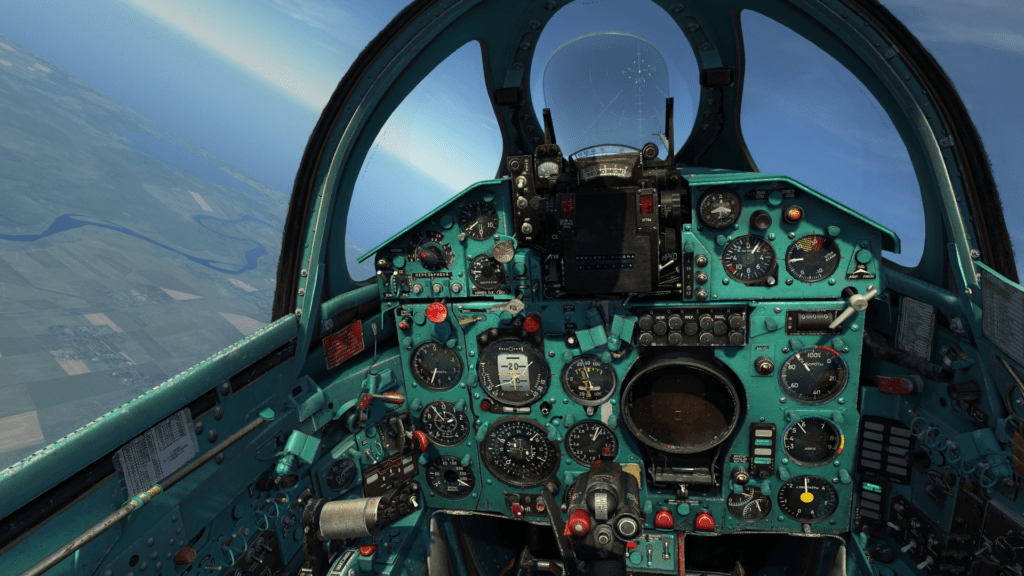
This guide delves into the MiG-21bis’s history, performance, combat roles, critical speeds, and unique quirks. We’ll also explore its arsenal, dangerous maneuvers to avoid, and how to get the most out of this aircraft in DCS World.
History of the MiG-21
The Mikoyan-Gurevich MiG-21 first took flight in 1956 and entered service in 1959. It became the most widely produced supersonic jet fighter in history, with over 11,000 units built. The MiG-21 was exported to over 50 countries, serving as the backbone of many air forces worldwide.
Designed as a lightweight, single-engine interceptor, the MiG-21 prioritized speed and climb rate over endurance and avionics. Its delta-wing configuration and simple systems made it cost-effective and deadly in the hands of a skilled pilot. The MiG-21bis, modeled in DCS, was the final and most advanced version of the aircraft. With its upgraded Tumansky R-25 engine, improved radar, and enhanced weapon systems, the MiG-21bis remained relevant well into the 21st century.
DCS MiG-21bis Fishbed: Performance Specifications
The MiG-21bis’s raw power and high-speed capability make it a formidable interceptor. Here are its key performance specs:
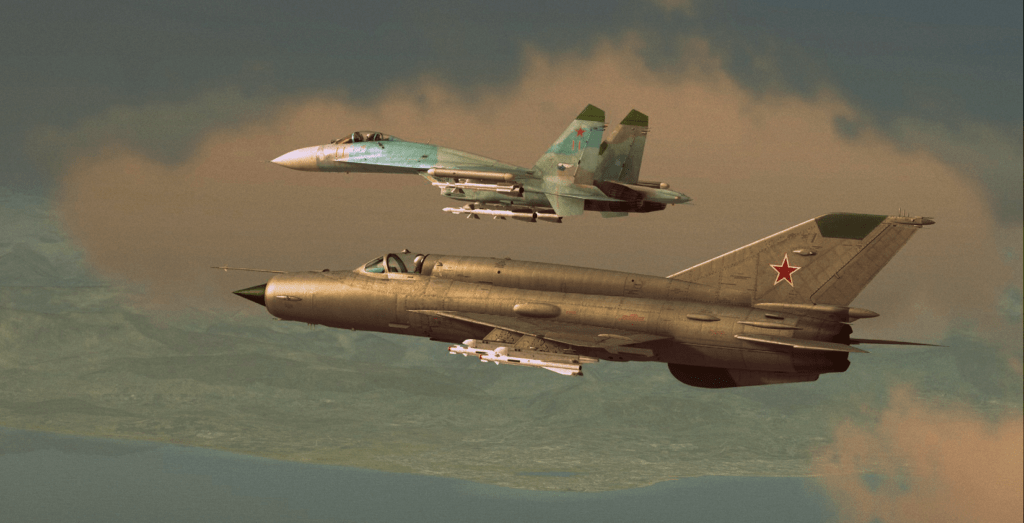
- Engine: Tumansky R-25-300 (15,650 pounds of thrust with afterburner)
- Max Speed:
- Mach 2.05 (1,300 knots) at altitude
- ~750 knots at sea level
- Service Ceiling: 59,000 feet
- Rate of Climb: 40,000 feet per minute
- Range: ~470 nautical miles (internal fuel, no external tanks)
- Combat Radius: ~200 nautical miles (fully armed)
- Fuel Capacity:
- Internal: 2,650 liters (~700 gallons)
- External: Up to 800 liters per drop tank
The MiG-21 excels at intercepting targets quickly and delivering devastating missile strikes. However, its limited fuel capacity and avionics make it less suited for extended missions or complex engagements.
- Latest CPU’s Available Now – Amazon.com
- Get a NEW GPU Best Performance – AMAZON.com
- Upgrade RAM Here today – AMAZON.com
- Prebuilt PC Options – AMAZON.com
DCS MiG-21bis Fishbed: Critical Speeds and Combat Performance

- Optimal Cruise Speed: ~450–500 knots at 35,000 feet for fuel efficiency.
- Corner Speed (Instantaneous Turn): ~450 knots.
- Sustained Turn Speed: ~370 knots.
- Takeoff Speed: ~170 knots.
- Landing Speed: ~175–200 knots (with drag chute deployment).
The MiG-21’s corner speed offers excellent instantaneous turn performance, but its delta-wing design causes significant energy bleed in sustained turns. Pilots must avoid prolonged dogfights where the aircraft’s speed advantage is lost.
Weapons and Avionics
The MiG-21bis is equipped with a mix of air-to-air and air-to-ground weaponry, making it versatile for both intercept and strike missions.
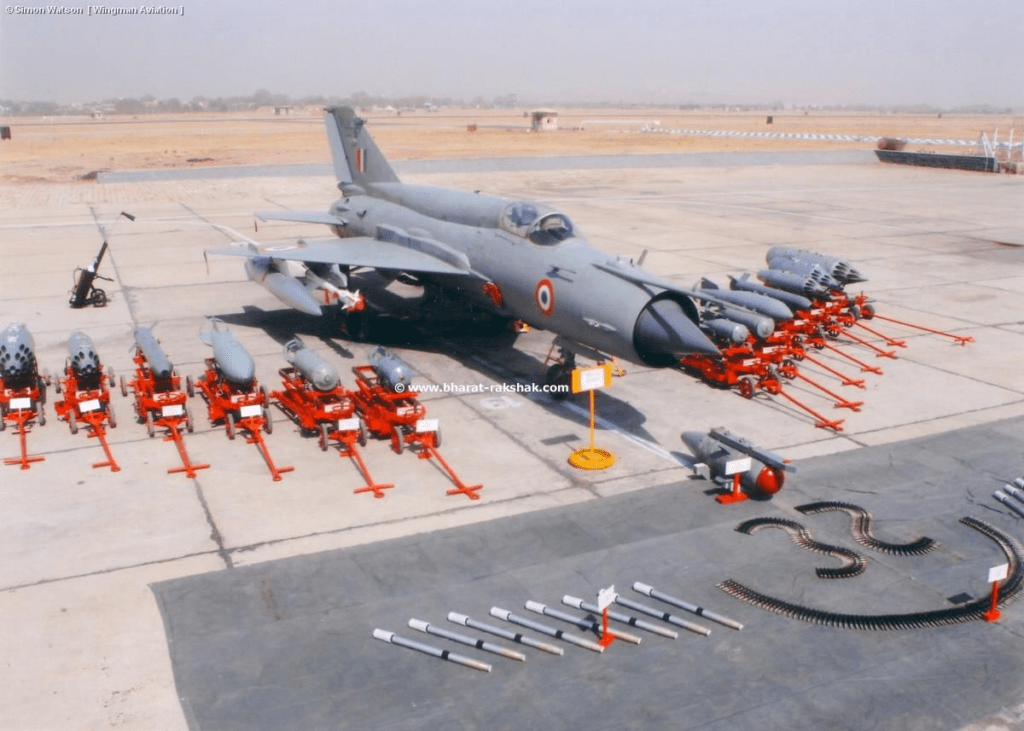
Armament
- Air-to-Air Missiles:
- R-3S (IR-guided, similar to AIM-9B Sidewinder)
- R-13M (Improved IR-guided missile)
- R-60M (Highly agile IR-guided missile)
- R-3R (Radar-guided missile)
- Air-to-Ground Ordnance:
- FAB-series unguided bombs (100–500 kg)
- S-5 and S-24 unguided rockets
- Gun: Gryazev-Shipunov GSh-23L 23mm twin-barrel cannon (200 rounds)
Avionics
- RP-22 Sapfir Radar: Limited range (~15–20 nm) but capable of basic target tracking.
- Electro-Optical Bombing System: Assists in ground-attack missions.
- Navigation System: Rudimentary but effective for point-to-point navigation.
The avionics in the MiG-21 are basic compared to modern aircraft, but mastering their use is a rewarding experience for DCS pilots.
DCS MiG-21bis Fishbed: – Known Flying Attributes
The MiG-21bis is a pilot’s aircraft, requiring skill and precision to operate effectively. Here are its notable characteristics:
- High-Speed Interceptor: The MiG-21’s delta-wing design and powerful engine make it exceptionally fast. However, the same design sacrifices low-speed handling and fuel efficiency.
- Energy Retention: The aircraft bleeds energy quickly in turns, making speed management critical during combat.
- High Landing Speed: The delta wings require a steep approach and precise throttle control during landing. A drag chute is essential for stopping on short runways.
- Combat Limitations: The MiG-21 lacks advanced avionics and beyond-visual-range (BVR) capabilities, making it best suited for short-range engagements.
Dangerous Maneuvers and Flight Considerations
Flying the MiG-21bis comes with unique challenges and risks:
- Adverse Yaw and Low-Speed Handling: The aircraft’s rudder effectiveness diminishes significantly at low speeds, increasing the risk of departure during hard turns.
- Rapid Stall Characteristics: The MiG-21 can stall abruptly if pushed beyond its limits, especially during low-speed, high-AoA maneuvers.
- Structural Damage at High Speeds: Exceeding Mach 2.05 or diving too aggressively can result in structural failure.
- Spin Recovery: The MiG-21 is notorious for entering flat spins, which are almost impossible to recover from. Avoid extreme AoA at low speeds.
- Fuel Starvation in Prolonged Afterburner Use: The R-25 engine guzzles fuel in afterburner mode. Use it sparingly, especially during low-level engagements.
Advanced Features in DCS World
The DCS MiG-21bis module is renowned for its high fidelity and immersive features:
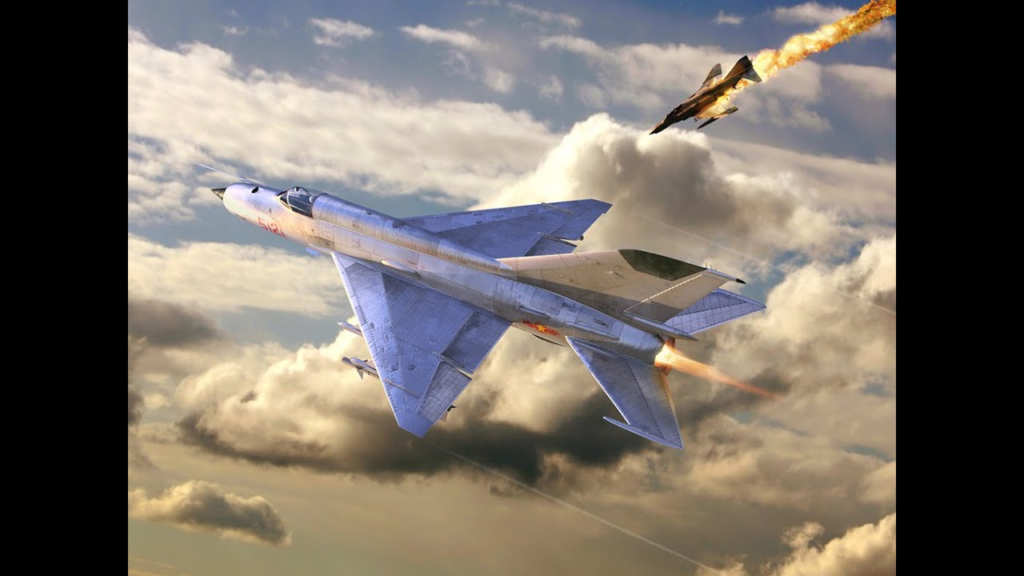
- Fully Clickable Cockpit: Every switch, knob, and lever functions as it would in the real aircraft.
- Realistic Systems Modeling: The module replicates the MiG-21’s avionics, weapon systems, and radar quirks.
- High-Detail Flight Model: The aircraft’s unique handling, energy retention, and stall behavior are faithfully recreated.
- VR Compatibility: The module supports VR, making the experience of flying this Cold War relic even more immersive.

The MiG-21’s Place in DCS and Falcon BMS
The MiG-21bis is an ideal aircraft for players looking to experience the raw, unfiltered power of a classic fighter. In DCS World, the module allows for complex Cold War scenarios, from intercepting bombers to ground strike missions. For Falcon BMS enthusiasts, the MiG-21 provides a unique contrast to Western aircraft like the F-16.
Pilot Operating Manual
For those eager to dive deeper into the MiG-21’s systems and procedures, you can access the unclassified MiG-21bis Flight Manual here.
- Joystick / HOTAS – AMAZON.com
- Rudder Pedals – AMAZON.com
- Throttle Quadrant – AMAZON.com
- Gaming Chair – AMAZON.com
- VR Headset – AMAZON.com
Conclusion
The MiG-21bis Fishbed is a fascinating aircraft for DCS World pilots who want to experience the challenges of flying a second-generation fighter. With its blistering speed, deadly armament, and unique handling characteristics, the MiG-21 rewards skill and tactical flying. However, its limitations in avionics and fuel capacity make it a demanding aircraft to master.
Whether you’re intercepting enemy bombers or engaging in knife-edge dogfights, the MiG-21 offers an exhilarating flight experience. Strap in, manage your energy, and embrace the legacy of this Cold War legend!
Author

Brendon McAliece (Aka Gunnie) is a military veteran with 23 years working on Jet Fighters, their weapons systems and ejection seat/module systems as well as munitions and R&D. Involved with flight simulation since the 1980s, he has flown all the major flight simulators over the years.
He is an Australian expat who has lived in Malaysia, UK, Saudi Arabia and more recently Thailand. He is a multi-lingual blogger who loves to share his life experiences here on LetsFlyVFR.com and DreamingGuitar.com, with his lifestyle and Travel experiences Blog plus his Dreaming Coffee website.
Learn More @ DreamingGuitar.com – DreamingCoffee.com – LetsFlyVFR.com
( HOME – BLOG – SHOP – ABOUT )
As an Amazon affiliate I may benefit from qualifying sales.
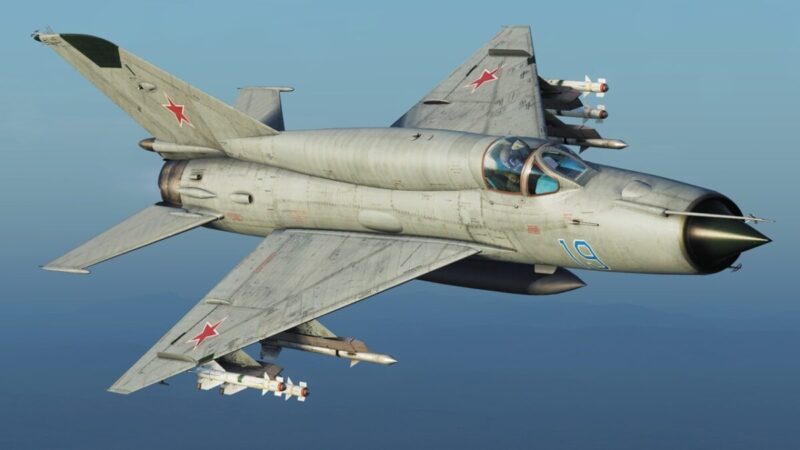



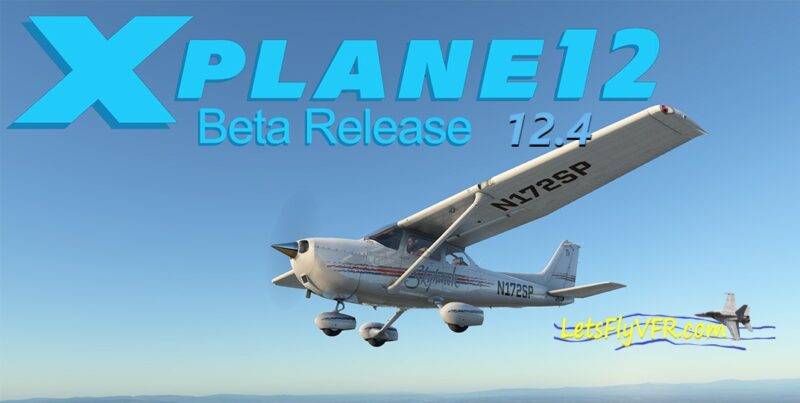





One response to “DCS MiG-21bis Fishbed: A Classic Cold War Warrior for DCS World Pilots.”